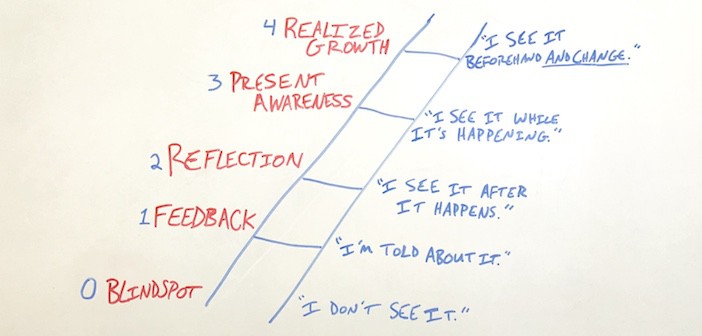The general method for tracking church attendance is to collect the total attendance for each weekly service. When total attendance is regularly increasing, the organization is considered to be experiencing a time of growth. while regular decreases in attendance show a time of decline. When attendance is tracked from this macro viewpoint, considering only the mass number of attenders, it is often assumed in times of growth that all spiritual needs are being met and every attender is satisfied by the work of the organization. However, the fact of the matter is that individuals are constantly joining and leaving our churches.
When considered at a micro level, this constant entry and exit of individuals could be said to create simultaneous growth and decline within your organization, growth being the addition of new attenders and decline being the loss of previous attenders. When both growth and decline are taking place within your organization, you must ask two questions: What is attracting new attenders? And what is leading to the loss of previous attenders? Unfortunately, as long as the number of new attenders (growth) exceeds the number of lost attenders (decline), the decline in your organization, along with the problem(s) causing it, will never appear in a simple analysis of total attendance as it is only showing an upward trend.
Consider the following purely hypothetical attendance data. (Where typically this might be shown weekly, I’ve selected the first week of every other month for the sake of brevity.)
In this scenario, the church experiences a time of total attendance growth through Week 41. During this time, church leadership likely assumes that everything is going well and all needs are being met. But beginning with Week 49, the church begins to experience a time of decline. Church leadership now begins seeking the cause of this newfound symptom and often wonders “What went wrong at Week 49?”. The problem here though is this: The organization has been experiencing a time of decline for 48 weeks. That decline was just hidden by simultaneous growth!
Unfortunately, hidden decline doesn’t surface until its rate surpasses that of growth. And unless someone is bothering to track micro attendance statistics (considering both new individuals and lost individuals), that worsening decline is not discovered until total attendance is negatively affected. But that downward trend does not begin until long after the actual decline does.
The late discovery of hidden decline creates two obstacles for church leadership that could have been avoided with better data tracking:
- Church leadership is just now recognizing a problem that has existed for quite some time.
- Church leadership cannot trace the source of the problem along the organization’s timeline because it has no previous records of decline rate to compare to that timeline. Were they able to compare that data to the timeline, leadership might be able to correlate the decline to specific events or decisions. That is not possible without micro data concerning lost attenders.
In order to uncover hidden decline and make it visible, church’s must begin tracking the number of lost attenders, not just the number of new attenders and total attendance. Luckily in many cases this does not actually require any new data to be collected, only an additional computation of currently recorded data. Nearly all churches already track total attendance. Many also have systems that track the number of new attenders (often through information cards). If your organization already tracks both of those numbers, you can compute both growth rate and decline rate with the following equations:
Now, I recognize that the need to track attendance is often debated among church leaders. While I see it as a valuable measurement of the effectiveness of a church’s strategies, I will save my argument on that subject for another post. But my thought here is this: If your organization has already decided to track attendance, you might as well use that data in the best way possible. And that best way is in tracking simultaneous growth and decline rates. Doing so will ensure that you are never caught off guard by hidden decline that finally surfaces in the general total attendance statistic long after its existence actually began.
[Note1: If you’d like a simple spreadsheet to compute growth and decline rates with the input of your attendance data, just send me an email and let me know if you use Excel (Office) or Numbers (Apple iWork).]
[Note2: This method of tracking could also be used for programs within the organizations (i.e. small groups, student ministries, etc.).]
[Note3: Related to this, your church could attempt to track turnover rates of attenders who come and go. This would require a little extra, maybe extraneous, work. Maybe I’ll develop a post on this another time.]
[Note4: Similar to this, if you manage a business, try developing ways to track simultaneous growth and decline of customer accounts. Obviously, customer turnover rates would be valuable here.]





